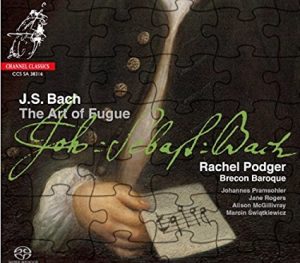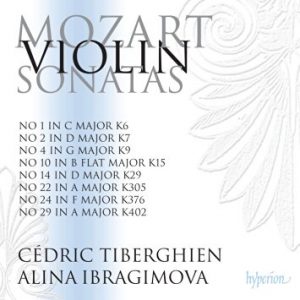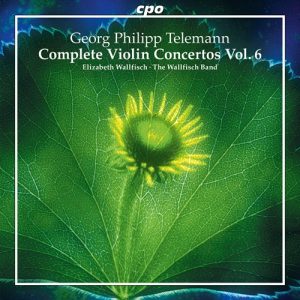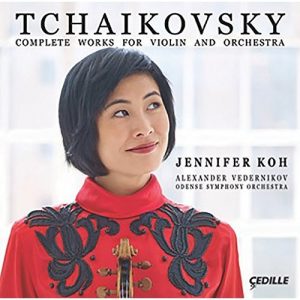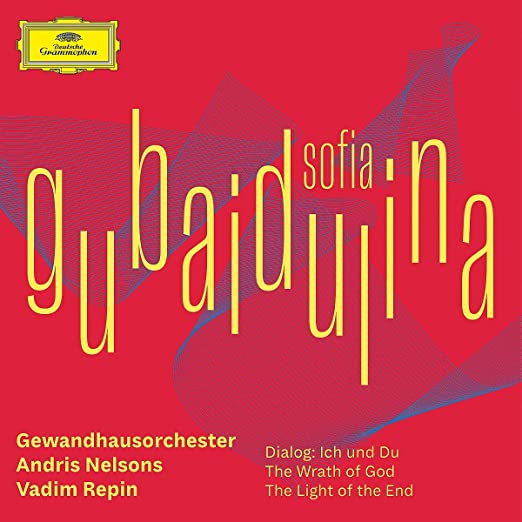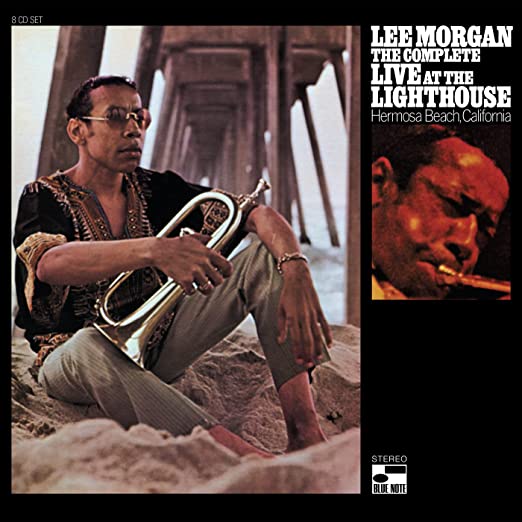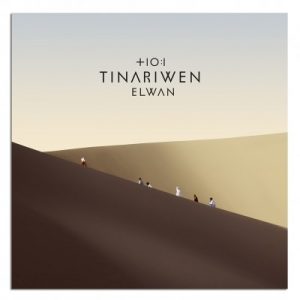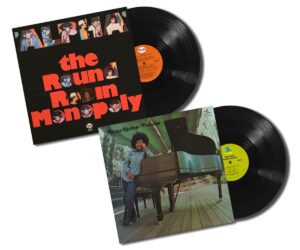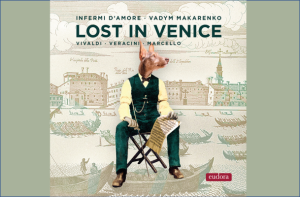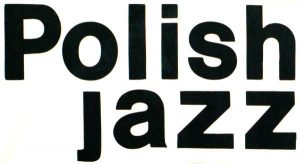J.S. Bach, The Art of Fugue. Rachel Podger, Brecon Baroque. Channel Classics CCS SA38316.
There was a time, which for some may still be the time, when J.S. Bach's 24 Preludes and Fugues for solo keyboard (Well Tempered Clavier), six Sonatas and Partitas for Solo Violin, six Cello Suites, and The Art of Fugue were considered academic exercises (which they are) rather than music to be enjoyed (which they also are). Most of us have come to love the first three of these works but Art of Fugue has been more difficult. Quite possibly written for solo harpsichord, it has been performed on the organ and piano and arranged for string quartet and other instrumental ensembles. This new CD release by the much loved and widely admired period violinist Rachel Podger and her own group, Brecon Baroque (which includes such established professionals as cellist Alison McGillivray and violist Jane Rogers) uses violins, viola, cello, and harpsichord—including two for harpsichord alone, two for violin and cello.
I have always felt that it takes considerable concentration to enjoy this work. I know that students of the fugue take a more complex pleasure in it than I do, which they should. They were and always have been its principal intended audience. But scholar John Butt suggests in his informative and persuasive essay for the album that there is a whole vision that these 18 individual parts add up to that is very much intended for the general attentive and educated audience.
That said, even in the virtuosic hands of Rachel Podger and even with her imaginative instrumental arrangements, Art of Fugue asks a lot of us. Arranging it for an ensemble may be an attempt to broaden its appeal, giving us more to listen to, and in the predictable ways, that works. There is no denying that the rich sonic texture that Podger's band of period instruments bring can have its way with us. Jordi Savall's diverse array of instruments (violes, cornet, oboe, trombone, and bassoon) with Hesperion XX has long been one of my favorites using this approach, though coming to it now from Podger makes it sound a bit languorous! The Emerson Quartet's version is a smoother sounding work and purer because modern instruments have less distinctive textures than period ones. Purer can be especially appealing in this music, but in my experience if its purity that's wanted, it's the purity of the solo keyboard, as evidenced in the two fugues played by solo harpsichord in Podger's version. The second of these solos, "Canon alla Decima," is extremely moving, its monochromatic quality enabling us to focus exclusively on the string of notes as they proceed without the distraction (?) of the other instruments. Solo keyboard performances of this work can be monumental. I remember an inspiring performance by organist Helmut Walcha ages ago on vinyl that was as monumental as a cathedral.
Podger is not going for monumental but rather the kind of pleasure to be found in following individual instruments with their identifiable textures creating lines weaving in and about each other building the fugue. With Bach this pleasure can grow into something else if we give it a chance, as Butt suggests. If you're a Podger fan—and who isn't?—go for it.
Mozart Violin Sonatas. Volume 2. Cédric Tiberghien, piano, Alina Ibragimova, violin. (2 CD's). Hyperion CDA68092.
Finding something new and fresh to say about an ongoing series is always a challenge, though if it's good enough it's always worth the effort, if only to win it new friends. What I hear from Ibragimova and Thiberghien in their second volume of the Mozart sonatas is a spirited marriage of elegance and playfulness. Ibragimova's familiar silver tonality is evident, Tiberghien's (correct) insistence on the excellence and (at least) equal value of the piano score is equally clear. As we know this music was composed for keyboard accompanied (!) by a violin. That we don't hear it that way is interesting. Even knowing this about the sonatas, we can't help but hear them as duets, which I expect has everything to do with Ibragimova's virtuosity. She is exciting, charming, fun-loving, delectable.
Part of what contributes to the playfulness of these performances is how assiduously Mozart's tempos are respected. Coming from allegro (very) molto to andante can be quite a jolt. The moltos are very fast paced, the andantes lyrical and graceful, while the minuettes skip along like fast marches in three-quarter time. But these pronounced contrasts in tempo also bring out Mozart's eccentric eloquence. Coming to the second movement andante in K.7 from the allegro molto creates some of the most moving Mozart I can remember.
Ibragimova brings an idiosyncratic quality to everything she plays, her particular virtuosic stamp; and in most cases it results in moving performances. Her taste in how far to go in these matters feels impeccable. As it is here. She never sounds safely definitive; she always sounds fresh and imaginative. I never leave one of her performances without feeling I've gained some new insights into the music she plays.
Of special consideration for listeners who may not be collectors of whole cycles, Ibragimova includes both early and mature sonatas in each of her two (so far) albums. To go from K.7 or K.9 to K.305 is a real trip.
Georg Philipp Telemann. Complete Violin Concertos. Vol. 6 (!). Elizabeth Wallfisch, violin. The Wallfiasch Band. cpo 777-701.
Among the most prolific composers who ever lived and probably the most popular composer of his times (1681-1767)—more popular than Bach, Handel, and Vivaldi, Telemann has faded into a second tier baroque composer... because his music is not instantly recognizable, which is the kiss of death in ranking composers. Never mind that Telemann's music is wonderfully melodic—in these concertos as melodically pleasing as Handel, full of a degree of joie de vive that often escapes the music of his "betters," he fills my record shelves. And prominent among my my Telemann recordings are the first five CD's—now six— of the violin concertos played by the much admired (especially by her students) English period violinist Elizabeth Wallfisch.
Telemann's concertos will not improve your character or challenge your musical intelligence. They will simply please you in the way that inspired and joyful music is supposed to. This ongoing series may well be Wallfisch's chief gift to the world of music.
Tchaikovsky. Complete Works for Violin and Orchestra. Jennifer Koh, violin. Alexander Vedernikov, Odense Symphony Orchestra. Cedillw CDR 90000 166.
This album cannot help but be seen as a public test of whether one of our premier Bach violinists can muster the 'big tone' required for nineteenth century repertoire. Is she sufficiently versatile to join the ranks of the big time soloists of our day?
And the Tchaikovsky Violin Concerto, which is the feature of this album, wants not just the big tone but a lot more. In the extended famous and much beloved lyrical passages, it wants silver smooth tone—and the innate sense of judgment and control to keep them from going over the euphonic edge. And there's more: this classic war horse concerto demands the rare musical talent both to make it more than a war horse and to capture what made it a war horse to begin with.
Koh is fortunate (knowing) in having Vedernikov (with whom she has played before) and his orchestra here, though based on what we hear, she would likely do well with any first rate group. They are absolutely with her but her treatment and her eloquence clearly rule the performance.
So yes, she has what's called for, enough of everything to make this one of the most memorable performances of the Tchaikovsky I've heard in recent years. I think the best performances of this work, while they call for everything, tend to favor beauty and the litheness of a dancer over athletic vigor and that is exactly where Koh sits. She plays with a firm lightness (!) of touch that gives the music body but keeps it in the air. As we often say about Tchaikovsky, everything begins with dance.
There are three other Tchaikovsky works in the program which do no harm, which is to say they don't distract us from the entrée. Koh is good enough that she actually makes them sound interesting, which is always a challenge for an undercard.
It is gratifying to hear that Jennifer Koh is indeed the complete musician we had hoped she was. Cedille's starlet is now their full-fledged star. If she can play the Tchaikovsky like this (and Bach), she can do anything... and probably will.
System used for this audition is made up of a Resolution Audio Cantata CD player w/BlackJack power cord; Blue Circle NSC solid state preamplifier with NSL solid state amplifier; JM Reynaud Offrande Supreme, V2 loudspeakers; Crimson interconnects and speaker cable; Volex power cables, Mapleshade Samson equipment rack.
Bob Neill, a former equipment reviewer for Enjoy the Music and Positive Feedback, is proprietor of Amherst Audio in Western Massachusetts which sells equipment from Audio Note (UK), Blue Circle (Canada), Crimson (UK), Jean Marie Reynaud (France), Resolution Audio (US), and Tocaro (Germany).




